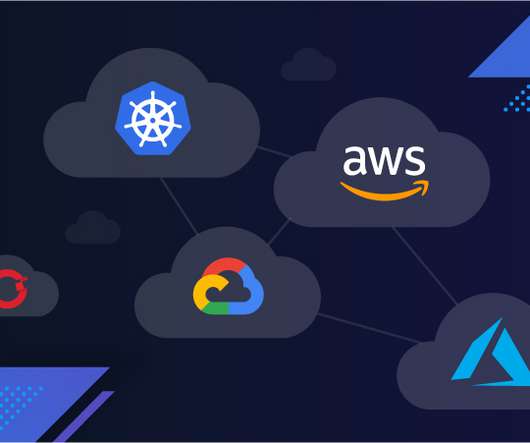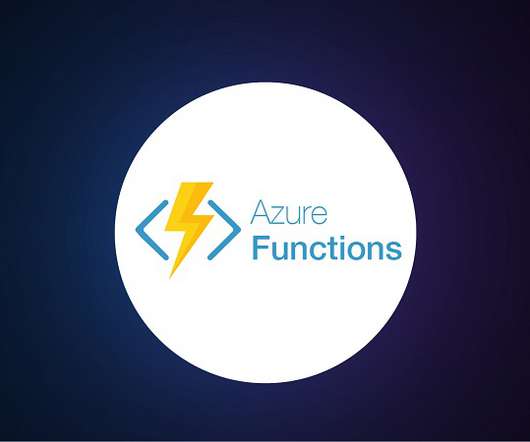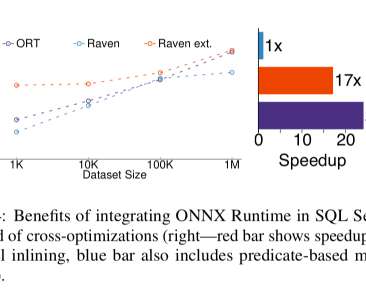Accelerate and empower Site Reliability Engineering with Dynatrace observability
Dynatrace
OCTOBER 10, 2023
Additionally, the Site Reliability Guardian serves as the governing entity, making decisions on whether to proceed or halt a specific build based on observable telemetry data supplied by OneAgent during the CI/CD pipeline process. Embracing the tenets of DevOps and DevSecOps methodologies anchored in engineering principles.













Let's personalize your content